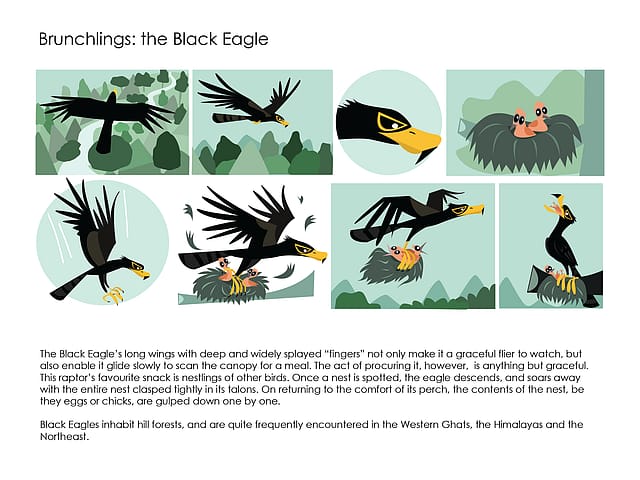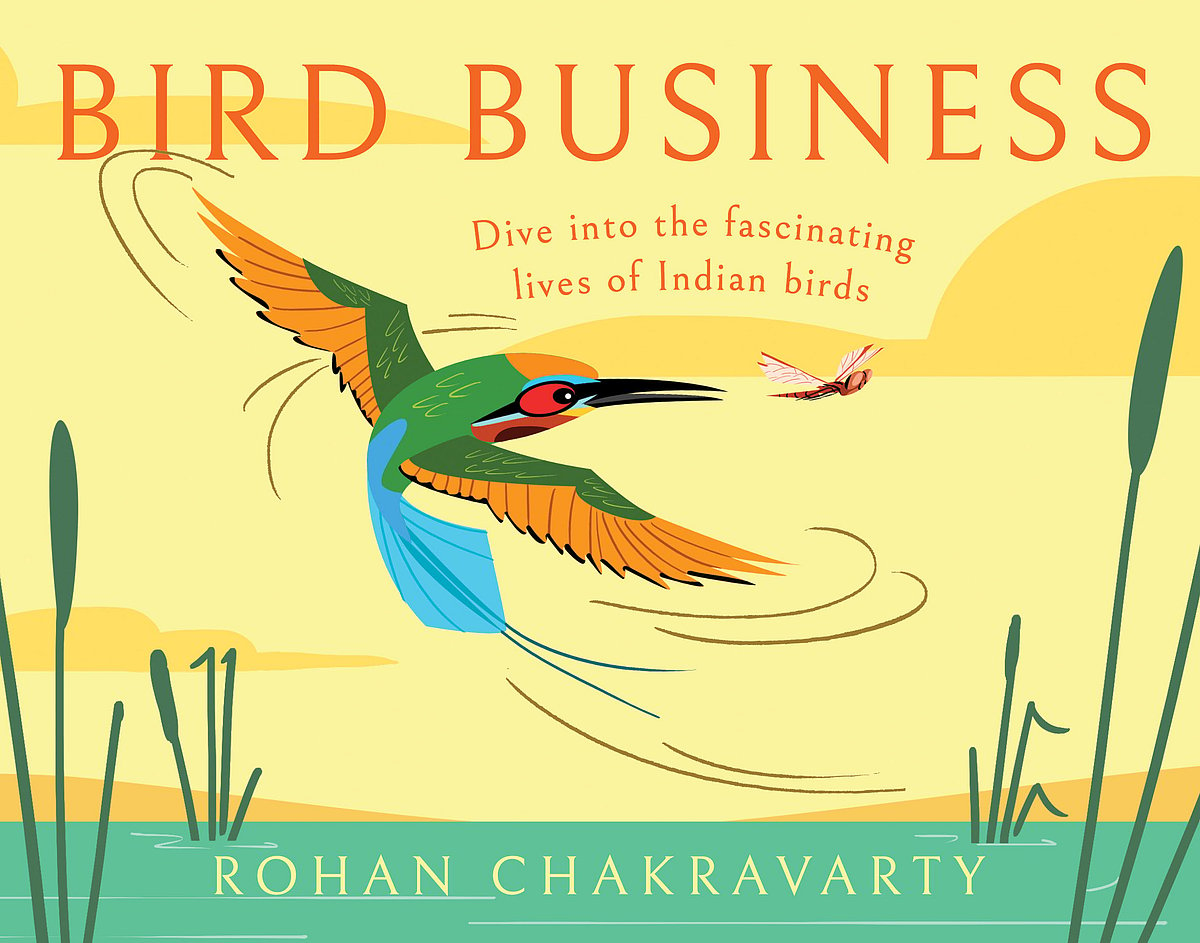Rohan Chakravarty uses Art and Science to make Birds Come Alive

“What do birds mean to you?” asked Rohan Chakravarty, an award-winning cartoonist at a recent event at Pagdandi, a bookshop in Pune. A precocious front bencher yelled, “An avian creature.” That was too text booky an answer, felt Chakravarty. “Modern-day dinosaurs,” squealed another smarty pants. Someone from the back said, “Freedom.” “That is beautiful,” said Chakravarty, impressed for the first time. But to the artist who has illustrated environmental issues and brought the natural world to the national newspapers, birds mean—“mischief”. It is this play and frolic, lightness and exuberance that he so wonderfully evokes in all of his works.
To flip through his most recent book Bird Business is to see birds not only as tree dwellers, air operators, expert swimmers or master hunters. Instead, it is to see them as creatures of guile and ingenuity, intrigue and mystery. While India has had its share of master bird watchers and storytellers, few (if any) combine art and science so well. Here are facts and details, but they come alive through his masterful drawings. With his deft strokes birds tweet and call, they scamper and soar, they attack and glide, they plunge and swim. It would be a disservice to say that Chakravarty anthropomorphises the birds, instead he does the opposite, reminding us how birdlike we are.
Lost: The Unstoppable Decline of Congress
05 Dec 2025 - Vol 04 | Issue 50
Serial defeats | Leadership in denial | Power struggles
The Malabar Pied Hornbill is the most dedicated of fathers, working round the clock to provide the mother and chicks with food as they shelter in a concealed cavity in the trunk of a tree. If the male hornbill is a dedicated dad, the peacock leaves the raising of the chicks all to the peafowl. He is usually too busy flaunting his fan and mating with multiple hens. The hoopoe with its magnificent crest enjoys sunbathing. (The female and chicks have a stealthy defence mechanism—their preen glands can produce a stinky liquid that scares off attackers!) While many birds work on their own, there are those which recognise the perks of unionising. Take the Indian Cormorants or the “synchronised swimmers” as Chakravarty calls them. They fish together and corner schools of fish by the shore. This allows them (and freeloading birds like the egrets and herons) to enjoy a meal of fish.
At the Pune event, it was clear that children revel in such natural trivia. They absorb facts like sponges and spurt them out like fountains. Even with its stellar illustrations, Bird Business is not only a children’s book. It is a book meant for all readers, for anyone who looks out of their window, anyone whose eyes wander to the sky. The text foregrounds bird proclivities and antics, but it tells of a larger story. A story that implicates humans and our actions. The state bird of Assam, the white-winged Wood Duck, for example is endangered because of hunting and habitat loss. This duck which nests in cavities several feet above the ground might soon disappear because of our actions. Bird Business makes a reader more aware of her surroundings. And it does so simply by watching closely and listening carefully. And by doing so it endows the natural world with drama and emotion, romance and humour.

